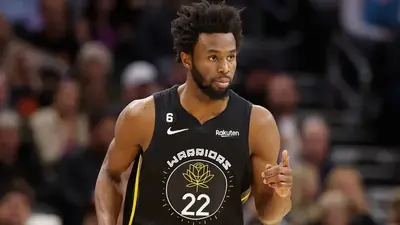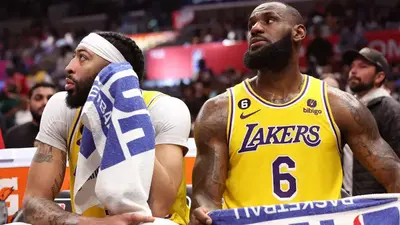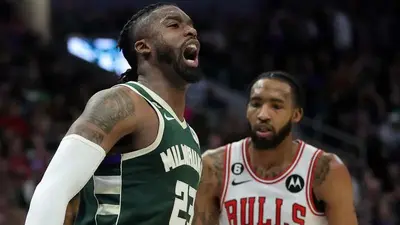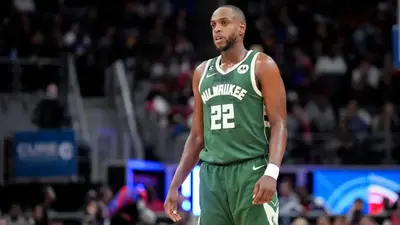NBA
Rick Pitino's return to Madison Square Garden brings back memories of his quietly revolutionary Knicks tenure
Rick Pitino is something of a coaching chameleon. His generation of coaches were largely defined by lengthy tenures at a single school and rigid devotion to a single scheme. His last assistant job at the college level came under Jim Boeheim, he who spent 47 years at Syracuse and almost exclusively ran a 2-3 zone defensively. Pitino has been the head coach of eight different teams over the years, and while he's known for employing a full-court press, he's adapted his strategies plenty over the years. Never has that been more evident than his time with the New York Knicks.
It's a two-year stretch that has largely been forgotten to history, but on Monday, Pitino agreed to return to his old stomping grounds of Madison Square Garden to take over the St. John's Red Storm. His new employer would probably prefer a lengthier stay in New York City, but they'll be lucky if his second tour through the Big Apple is anywhere near as revolutionary as his first was.
Let's wind the clocks back to 1988. Pitino was coming off of a 38-44 debut season in New York, but by Knicks standards at the time, that was actually a relatively successful year. The Knicks combined for just 71 wins in the three previous seasons combined despite the presence of rising star Patrick Ewing.
The problem was the rest of the roster. When the Knicks drafted Ewing in 1985, they had a second star scorer in Bernard King. He had just averaged a league-best 32.9 points per Game for New York, but late in the 1984-85 season, King suffered one of the worst injuries in NBA History: a torn ACL that came with torn knee cartilage and a broken leg bone. He was never the same player, and even if he had been, he would go on to play only six more Games as a Knick. That left New York's offense undermanned around Ewing. The Knicks never ranked higher than 20th out of 23 teams in the NBA in offense during Ewing's first three seasons.
But the 1988-89 Knicks? They went 52-30 with the NBA's sixth-best offense. It's not as though that improvement was driven by roster upgrades. Their top four scorers were all with the team in the year prior, and while they added Charles Oakley to their starting lineup, his best attributes were defense and rebounding. No, what propelled the 1989 Knicks was a market inefficiency Pitino saw two decades before everybody else: they shot a historic amount of 3-pointers.
They weren't even an especially strong 3-point shooting team. They made only 33.7 percent of their attempts. They just took so many that the relative volume overwhelmed opponents. The 1988-89 Knicks attempted 14 3-pointers per game. Not a huge number in modern terms, right? Well the No. 2 ranked Sacramento Kings took just 10 per game. The average team devoted only 7.4% of their shots to 3-pointers in 1989. The Knicks were above 15%. To put that in perspective, the modern equivalent of the 1989 Knicks would need to devote roughly 79% of their field goal attempts to 3-pointers in order to match the relative lead that those Knicks had over the field. They were winning the math game before anyone even knew it existed. "Everyone had the green light," reserve Kiki Vandeweghe told the New York Post in 2020.
That isn't quite true. Though the team was dubbed "The Bomb Squad" at the time, most of their attempts came from four players: Trent Tucker (3.7 per game), Johnny Newman (3.5), Mark Jackson (3.3) and Gerald Wilkins (2.1). Among the quartet, only Wilkins ever attempted more per game at any point in his career. Even Jackson, who spent another dozen years as an NBA starting point guard and who would eventually go on to coach Stephen Curry and Klay Thompson, never approached his 1989 averages.
That's how revolutionary Pitino's approach was at the time. Even his own players didn't fully grasp the magnitude of what the team was doing. When Pitino left for Kentucky after the season, the Knicks immediately regressed to 45 wins, a No. 13 ranking in offense and just 8.7 3-point attempts per game in 1990. They wouldn't reach the 14 per game Pitino's team attempted again until 1995... when the NBA shortened the 3-point line and incentivized such shots.
This is especially notable because the Knicks under Pat Riley never ranked higher than 12th offensively (and were typically far lower). He made up for their scoring deficiencies with defense and toughness, but it's entirely possible that his 3-point aversion at the time prevented the Knicks from scoring enough points to beat Michael Jordan's Bulls. Pitino left Riley an offensive blueprint that he largely eschewed, and the rest is history.
The irony in all of this is that Pitino would later miss the boat on the revolution that he himself started. While he emphasized the 3-point shot early in his career, his Louisville teams became increasingly anachronistic offensively as time passed. His first Cardinals team ranked 12th in the NCAA in 3-point attempts per Game. His last one ranked 232nd.
Where his St. John's team lands remains to be seen, but Pitino is no one-trick pony. After all, he won a championship in 2013 ranking 208th in 3-point attempts. Pitino won't be remembered for a single team or strategy. His best trait as a coach is his willingness to experiment. It served him well the last time he coached a New York team, and hopefully for St. John's, it will again now.
-
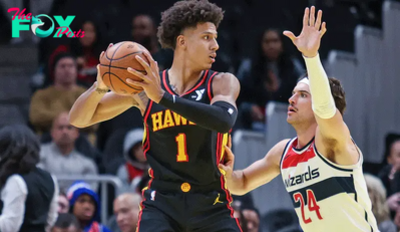
 NBA54m ago
NBA54m agoBest NBA Player Props Today for 11-22: Bird of Play
-

 NBA1h ago
NBA1h agoNBA Parlay Picks & Predictions for Friday at +1011 odds, 11/22 | Pickswise
-
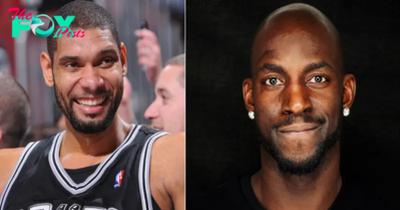
 NBA2h ago
NBA2h agoTim Duncan vs Kevin Garnett: Who Was the Superior Power Forward?
-
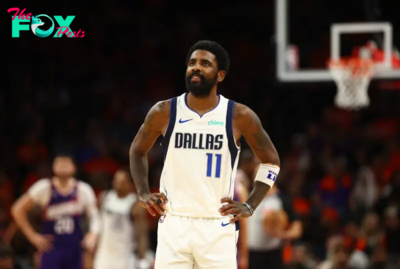
 NBA3h ago
NBA3h agoDenver Nuggets vs Dallas Mavericks Prediction 11-22-24 NBA Picks
-

 NBA3h ago
NBA3h agoChicago Bulls vs Atlanta Hawks Prediction 11-22-24 NBA Picks
-

 NBA5h ago
NBA5h agoLos Angeles Lakers vs. Orlando Magic odds, tips and betting trends | November 21, 2024
-
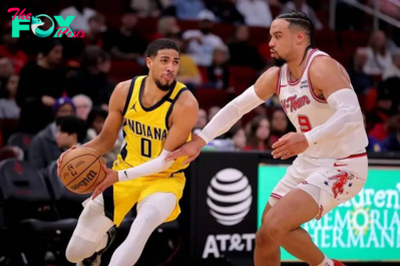
 NBA5h ago
NBA5h agoIndiana Pacers at Houston Rockets odds, picks and predictions
-
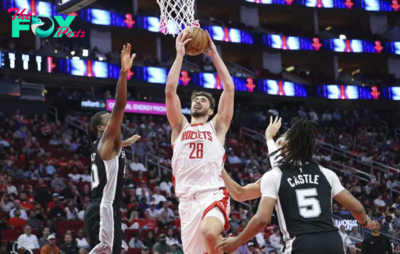
 NBA8h ago
NBA8h agoHouston Rockets vs Portland Trail Blazers Prediction 11-22-24 NBA Picks
